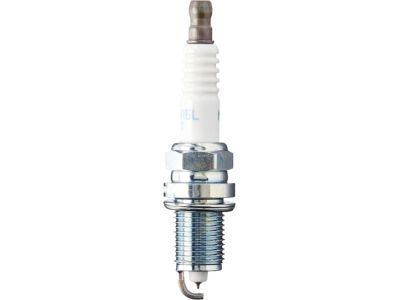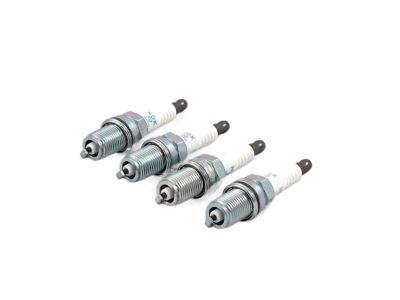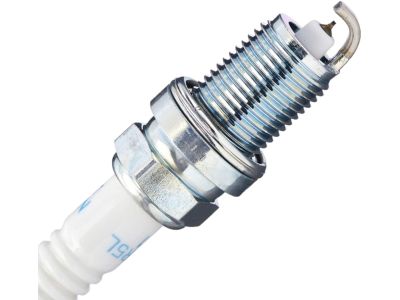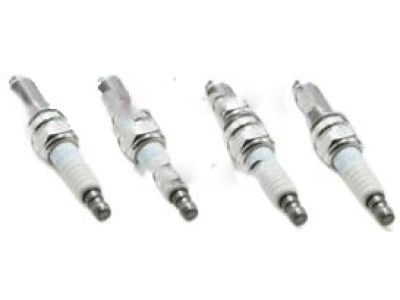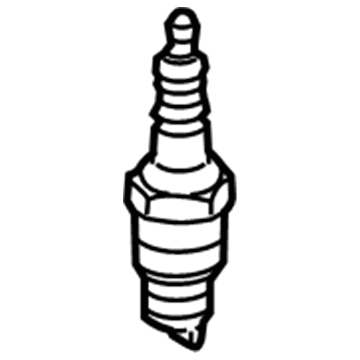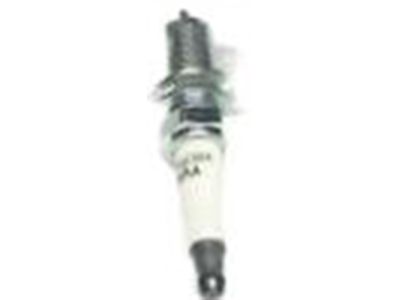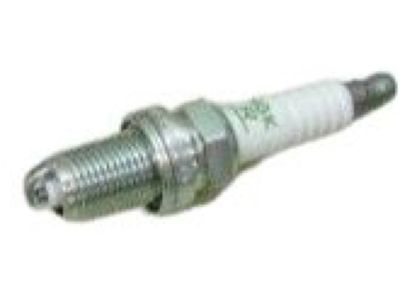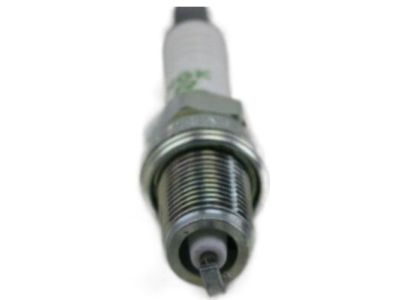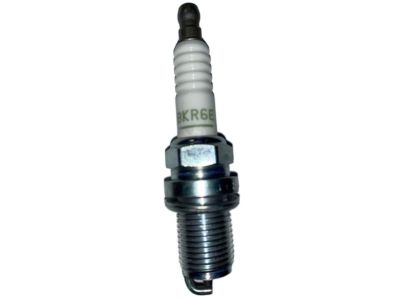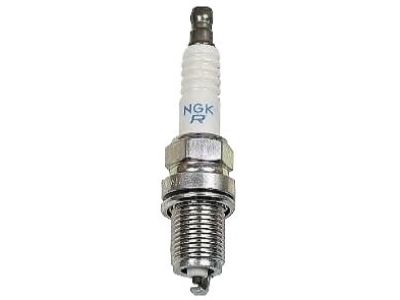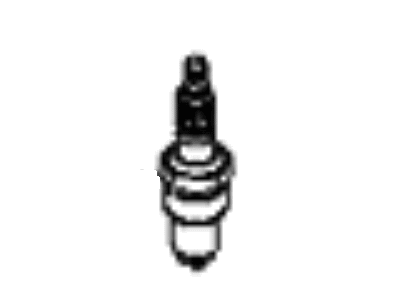×
- Hello
- Login or Register
- Quick Links
- Live Chat
- Track Order
- Parts Availability
- RMA
- Help Center
- Contact Us
- Shop for
- Kia Parts
- Kia Accessories

My Garage
My Account
Cart
Genuine Kia Spectra Spark Plug
Ignition Spark Plug- Select Vehicle by Model
- Select Vehicle by VIN
Select Vehicle by Model
orMake
Model
Year
Select Vehicle by VIN
For the most accurate results, select vehicle by your VIN (Vehicle Identification Number).
6 Spark Plugs found

Kia Spectra Spark Plug Assembly
Part Number: 1883911051$18.23 MSRP: $25.64You Save: $7.41 (29%)Ships in 1-3 Business Days
Kia Spectra Spark Plug Assembly
Part Number: 2741023700$18.23 MSRP: $25.64You Save: $7.41 (29%)Ships in 1-3 Business Days
Kia Spectra Spark Plug Assembly
Part Number: 2741037100$18.23 MSRP: $25.64You Save: $7.41 (29%)Ships in 1-2 Business Days
Kia Spectra Spark Plug Assembly
Part Number: 1881711051$18.92 MSRP: $25.64You Save: $6.72 (27%)Ships in 1-2 Business Days
Kia Spectra Spark Plug Assembly
Part Number: 2740018110$4.85 MSRP: $6.82You Save: $1.97 (29%)Ships in 1 Business DayKia Spectra Spark Plug Assembly
Part Number: 0K2AA18110$5.03 MSRP: $6.82You Save: $1.79 (27%)Ships in 1 Business Day
Kia Spectra Spark Plug
If you're in search of top-notch, reasonably priced OEM Kia Spectra Spark Plug, then you've found the perfect spot. Our website boasts an extensive inventory of Kia Spectra Spark Plug, all priced at the market's premier price. Rest assured, every genuine part we offer comes with a warranty straight from the manufacturer.
Kia Spectra Spark Plug Parts Questions & Experts Answers
- Q: How to replace spark plugs in an engine with an aluminum cylinder head on Kia Spectra?A:The spark plugs are located at the center of the cylinder head and therefore, you will need a spark plug socket with padded interior to protect insulators. In addition to various extensions, a feeler gauge is also necessary to check the spark plug gap during replacement. Given that these engines have a cylinder head made of aluminum it is advisable to use a torque wrench when tightening them. The best approach is getting new sparks plugs in advance, setting them at the right gap, and changing one by one. Let the engine cool down completely prior to replacing it so you may be able to look out for any defects in the new spark plugs then further check their gaps using gauges. Inserting gauge between electrodes at tip of plug checking if adjustment is needed without hurting porcelain insulator but only damaging its surface is the way to go about checking gap. Cover fender to avoid paint damage; remove spark plug cover from valve cover; pull off one wire/boot for 1997 and earlier models making sure not to mix up wires.; For 1998 and later models take apart coil/plug wire assembly after loosening coil mounting bolts. If available blow away dust around spark plug area using compressed air; this will prevent debris from falling into cylinders. Put socket over plug, turn it anticlockwise until it comes off, compare removed plug with chart indicating general condition of engine's operation as well . Prior installing new one apply little amount of anti-seize compound thread plastic hose on which it will mount securely place bunch/coil twist so that would stay properly repeat process all others.
